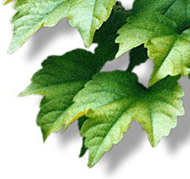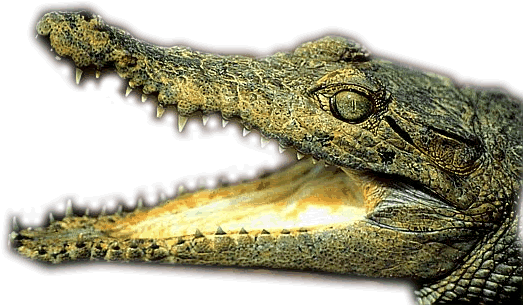



Description
Small to medium-sized crocodile (3.5 m maximum length in males, 2.7 m maximum in females but generally smaller). Superficially similar in appearance to C. siamensis, particularly the juveniles of both species. The snout is relatively narrow. Body colouration is brownish to grey, with darkish banding on the body and tail which is more apparent in younger animals
Distribution:
Indonesia (Irian Jaya), Papua New Guinea. Probably recently extinct in the Aru islands
Habitat
Found extensively in freshwater swamps, marshes and lakes. Very rarely found in coastal areas, and then never with Crocodylus porosus, whose range it overlaps. Reported to remain in covered areas during the day, rarely emerging to bask in the open, being primarily nocturnal. May be found in the river systems during the dry season.
Reproduction
Females reach sexual maturity from 1.6 to 2 m, males around 2.5 m. During the breeding season, females construct mound nests. Eggs are laid around 2 weeks after mating. Crocodiles in the north lay 22 to 45 eggs during the dry season, usually in overgrown river tributaries and on floating mats of vegetation. Southern crocodiles lay on nests built on land at the start of the wet season, and their clutches are generally smaller than those in the north (although the eggs themselves are larger). Females remain close to the nest, but do not necessarily defend it actively. Juveniles hatch after around 80 days, and both males and females have been reported to assist opening the nest and moving the hatchlings to the water
Diet
Feeds mainly at night on fish, waterbirds (rails and grebes) and other vertebrates such as amphibians and reptiles. Juveniles eat aquatic invertebrates and insects.


